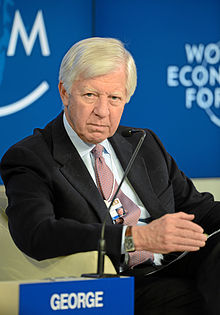When Managers Take Their Stress Out on Their Employees
by Sabina Nawaz
Adam ran a $500 million business. The company was on a sharp upward trajectory, the biggest competitor was a distant second, and his board loved him.
But there was a problem. Even though his company was performing well, his employees’ productivity seemed sluggish. Designs required countless iterations, development was fraught with delays, and quality assurance found errors on the eve of major product releases.
What’s more, four senior executives had left the company in the past year. All publicly said their reasons were career opportunities they couldn’t pass up or family obligations. Adam was also on his third executive assistant in as many quarters.
Adam was stressed, frustrated, and perplexed. He seemed to be the only one finding problems and holding people accountable. He felt alone. Although he could see into the future of his business, he seemed blind to the immediate problems within his corporate walls.







